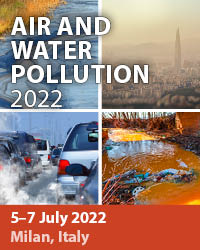Towards Sustainability: Artificial Intelligent Based Approach For Soil Stabilization Using Various Pozzolans
Price
Free (open access)
Transaction
Volume
162
Pages
10
Page Range
253 - 262
Published
2012
Size
2,764 kb
Paper DOI
10.2495/EID120231
Copyright
WIT Press
Author(s)
M. S. Ouf
Abstract
Due to the gradual depletion in the conventional resources, searching for a more rational road construction approach aimed at reducing the dependence on imported materials while improving the quality and durability of the roads is necessary. A previous study carried out on a sample of Egyptian soil aimed at reducing the road construction cost, protect the environment and achieving sustainability. RoadCem, ground granulated blast furnace slag (GGBS), lime and ordinary Portland cement (OPC) were employed to stabilise the Egyptian clayey soil. The results revealed that the unconfined compressive strength (UCS) of the test soil increased while the free swelling percent (FSP) decreased with an increase in the total stabiliser and the curing period. This paper discusses attempts to reach optimum stabilization through: (1) Recognizing the relationship between the UCS/FSP of stabilized soil and the stabilization parameters using artificial neural network (ANN); and (2) Performing a backward optimization on the developed (ANN) model using general algorithm (GA) to meet practical design preferences. Keywords: clay, roadCem, slag, lime, ANN, GA, stabilisation, sustainability, artificial intelligent, swelling soil. 1 Introduction Traditional road construction has proven to be very material and energy intensive. It demands import and export of enormous quantities of virgin materials. This is especially true in situations where the load bearing capacity of base soils are low or when other geotechnical conditions along the route of the road are not suitable [1]. The shortage of imported materials in many situations
Keywords
clay, roadCem, slag, lime, ANN, GA, stabilisation, sustainability, artificial intelligent, swelling soil.





